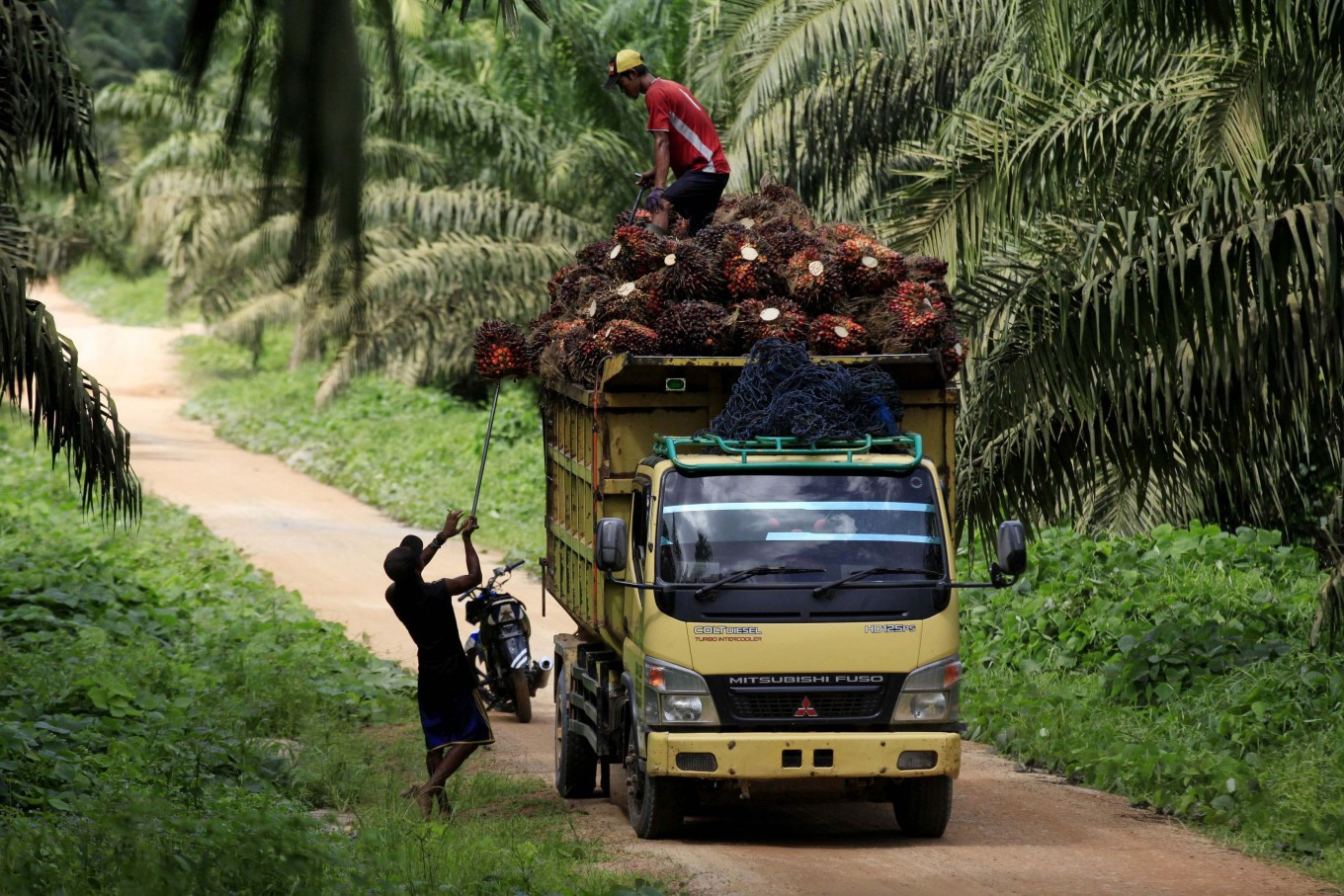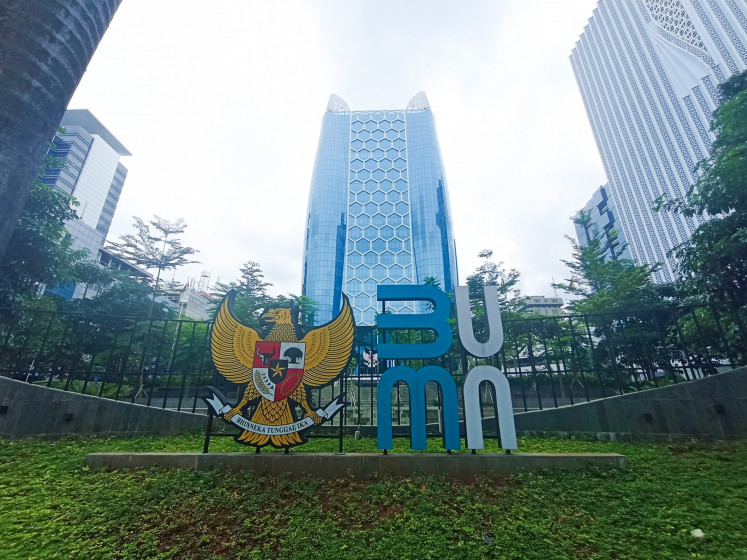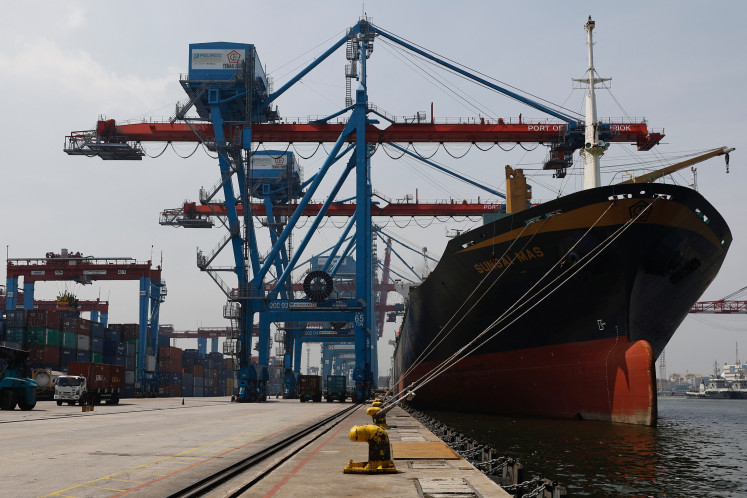Limited supply to raise CPO price in 2023 despite uncertainty
Change text size
Gift Premium Articles
to Anyone

C
rude palm oil (CPO) prices are unlikely to fall back to recent lows next year as production levels off, according to experts, but a number of global uncertainties complicate the outlook.
Third-month CPO futures on Malaysia’s commodity exchange fell to 3,417 ringgit (US$737.06) per ton on Sept. 30, an 18-month low. Prices have risen 8 percent since then to close at 3,701 ringgit per ton on Oct. 6.
Oil World executive director Thomas Mielke said geopolitical developments, the ongoing war in Ukraine, climate concerns, as well as inflation and recession fears would complicate next year’s forecast, but a worldwide leveling off of palm oil production growth was expected to support prices.
“In the years ahead, global demand for Indonesian palm oil will rise due to insufficient growth of palm oil export supplies in Malaysia and the rest of the world,” he said during the International Palm Oil Conference (IPOC) 2022 and 2023 Price Outlook event in Bali on Friday.
Oil World forecast that palm oil output would grow by 300,000 tonnes in Malaysia and 2.2 million tonnes in Indonesia in 2023.
He predicted that annual growth would slow to 2.3 to 2.5 million tonnes in the 2020-2030 period, largely due to a lack of replanting and new planting, as well as harvest losses.
The average annual growth in the 2010-2020 period was 2.9 million tonnes.
James Fry, chair of economic consulting firm LMC International, forecast modest growth in Malaysian CPO output in 2023 and a 2 million tonne rise in Indonesian production, half of which would be a recovery from the 1 million-tonne loss caused by disruptions in the flow of fresh fruit bunches (FFBs) to Indonesian mills earlier this year.
Freight on board (FOB) prices on the Sumatra basis are expected to decline to US$920 a tonne from $940 a tonne in June, according to Fry.
Meanwhile, if Indonesia introduced a 35 percent or 40 percent biofuel policy in January, FOB prices would be expected to rise to $975 and $1,080, respectively.
The costs associated with FOB include the transportation of goods to the shipment port, insurance, unloading and transporting goods from the arrival port to the final destination.
“Palm oil inventories in Malaysia will remain high until mid-2023,” Fry said at the same event.
Indonesia’s palm oil production fell over the last five years, data from the Indonesian Palm Oil Association (Gapki) show.
The declining production was largely due to disruptions in the global fertilizer supply chain and the implementation of a palm oil development moratorium, Gapki secretary-general Eddy Martono told reporters at a press conference.
“Production growth has been negative in the last three years, indicating a structural problem in the palm oil industry. Both areas, including expansion and productivity, are stagnant,” Fadhil Hasan, Gapki head of foreign affairs, said on Friday.
Indonesian palm oil production amounted to 51.6 million tonnes in 2021. That number included 46.9 million tonnes of CPO and 4.4 million tonnes of palm kernel oil (PKO).
Overall production of palm oil in 2022 is expected to slightly decline to 51.3 million tonnes. This projection is based on the commodity’s performance in the first half of the year.









